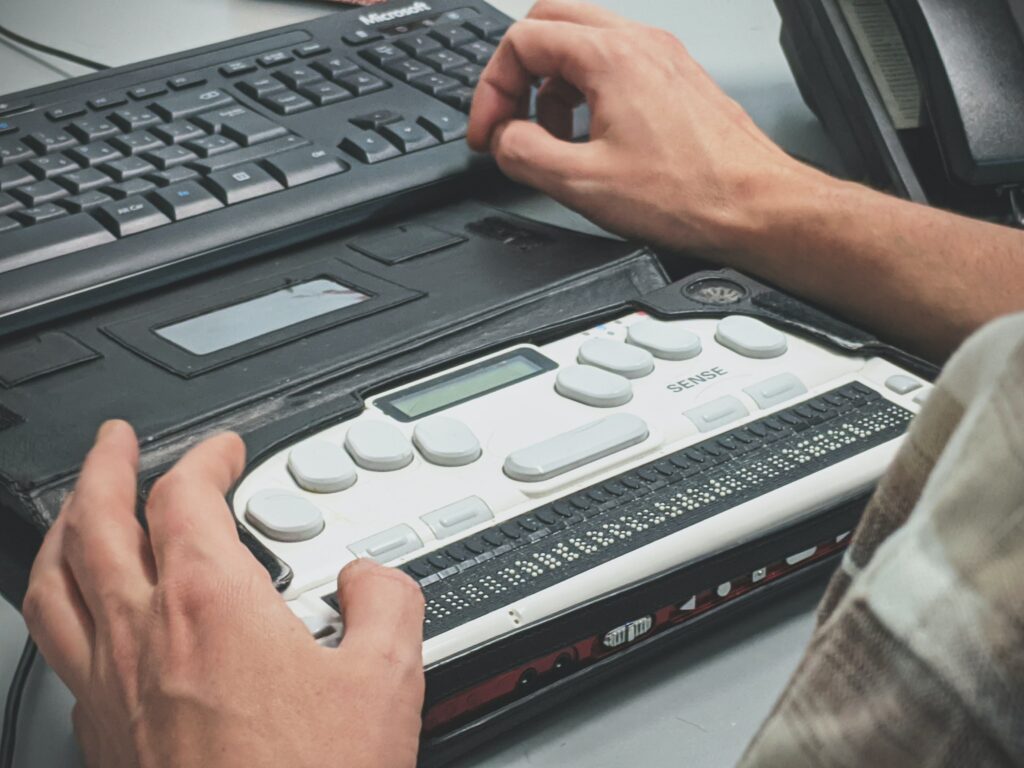People living with disabilities face challenges of all types. Thankfully, technological innovations and advancements are helping eliminate barriers by introducing various computing innovations for activities such as reading and writing electronic documents — resulting in seamless communication and hassle-free search on the internet.
Individuals with physical disabilities and sensory impairments can now accomplish a broader range of online activities without assistance from others. Although there are still many areas of computer and internet use that these groups of people need to overcome, software applications are continuously emerging to provide practical solutions that work. Here are some technological innovations that have enhanced the computing and online experiences of disabled people.
Accessibility overlays
For a website to be easily accessible to people with disabilities and impairments, it must be designed to ensure that information can be easily obtained in a way that is most convenient for them. Accessibility overlays are crafted to make sure a site is easily navigable, especially for users that have a hard time reading or require a screen reader to process and synthesize data. Applying an accessibility overlay is crucial to establishing a website that promotes inclusivity regardless of the physical disability or sensory impairment of internet users.
Adaptive keyboards
A computer keyboard designed for people with physical disabilities is a requirement in this day and age. Many types of adaptive keyboards can assist users with various access requirements. For instance, specialty keyboards are developed for individuals with limited dexterity or motor impairment. Some keyboards are outfitted with raised areas between keys rather than standard lowered areas. This allows users to place their hands on the keyword before locating the correct keys.
Alternative input devices
Not everyone needs a mouse and keyboard to use the computer. Alternative input devices allow individuals with mobility impairments other options that will work best for them. For instance, input devices can be activated by motion tracking. At the same time, some use muscle signals, optical tracking, and even brain activity to operate and use the computer with the utmost efficiency.
Ethical, economic, and legal reasons to make websites accessible to disabled individuals
Almost 25% of internet users have a physical disability or sensory impairment. Hence, in this day and age, websites must address the varying needs of internet users with disabilities — for ethical, economic, and legal reasons. Apart from it being the right thing to do, companies may lose potential revenue by limiting their products to non-disabled individuals. Introducing products and services that cater specifically to this group can help businesses increase their revenues and position themselves as specialists within the accessibility and assistive technology niche. Lastly, there are legal repercussions for websites that fail to comply with the accessibility standards set out by the ADA and WCAG.
Conclusion
Many existing adaptive and accessibility tools were created to enhance independence among individuals with disabilities. For internet users to become more productive in their chosen careers and excel in many areas of their lives, they need to be made aware of their rights to access these technologies, no matter their disability.
